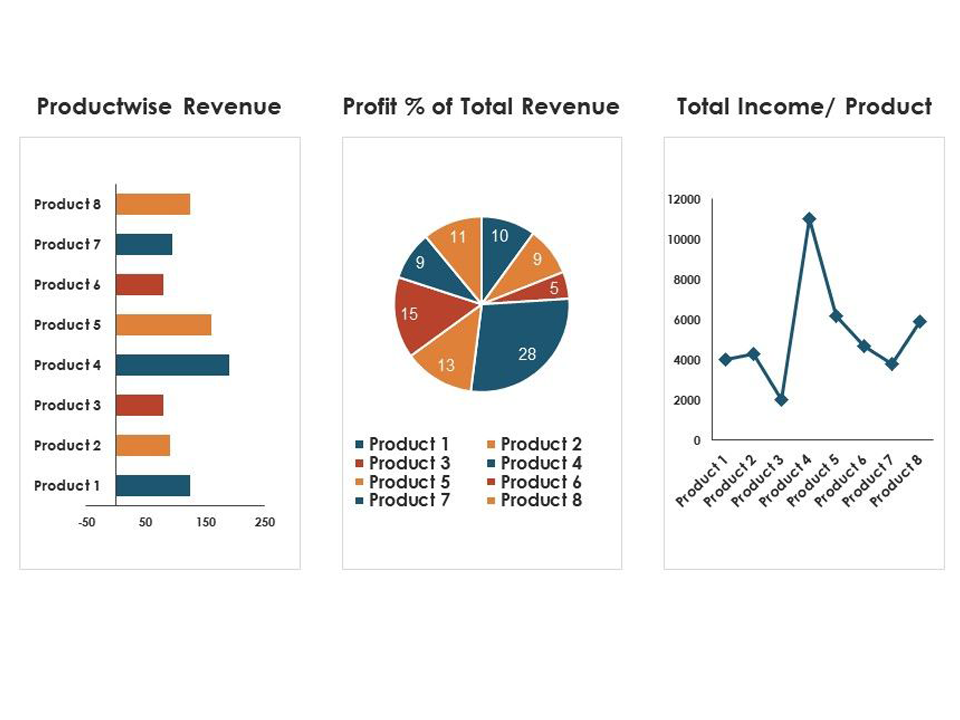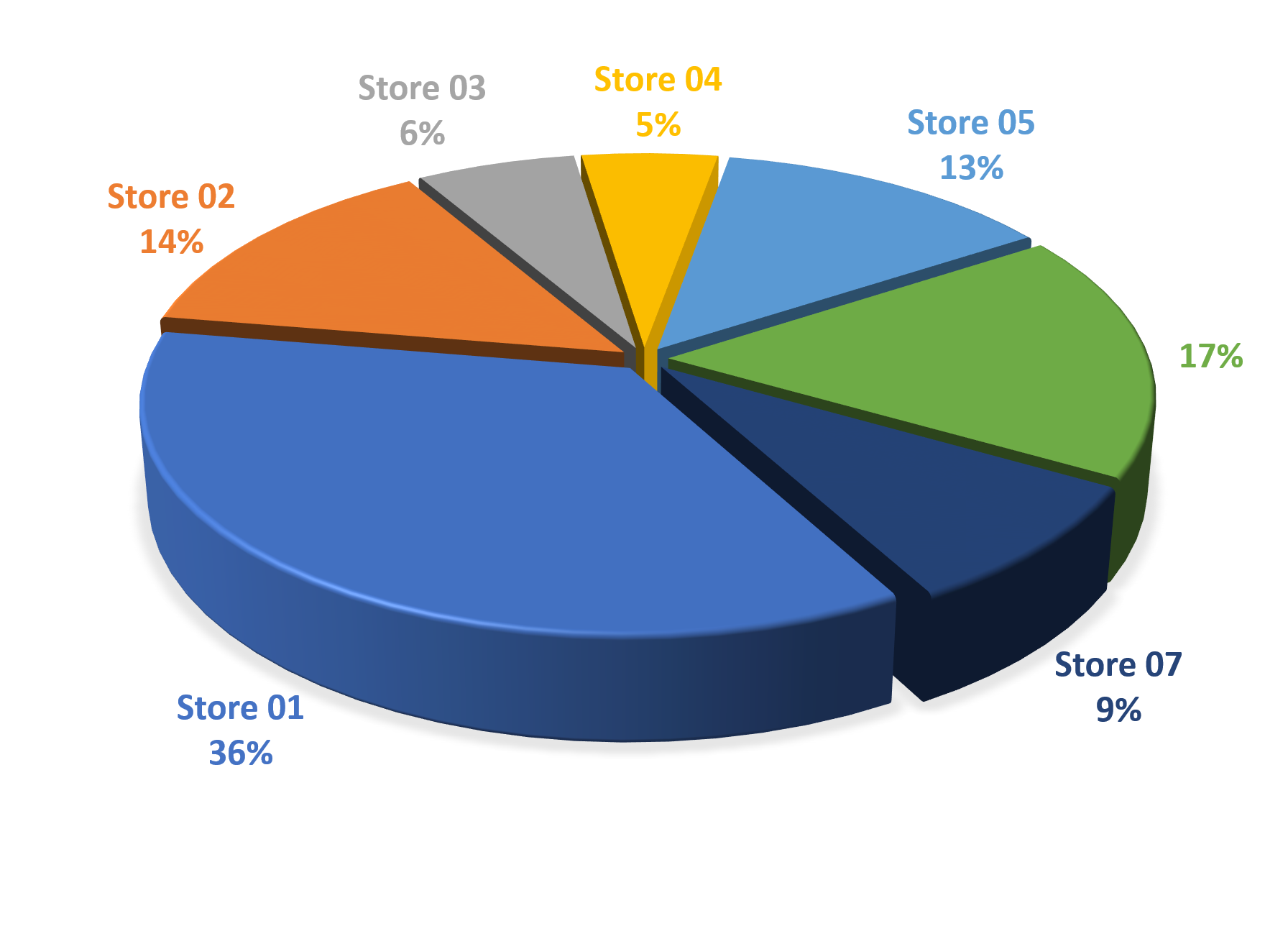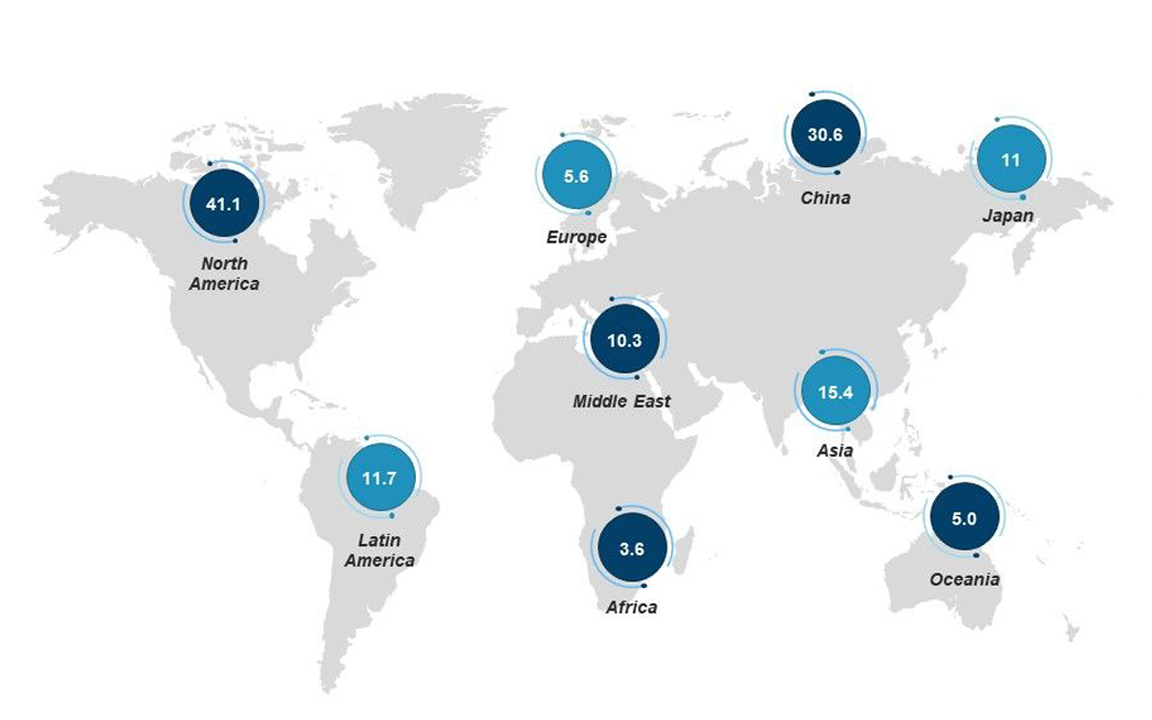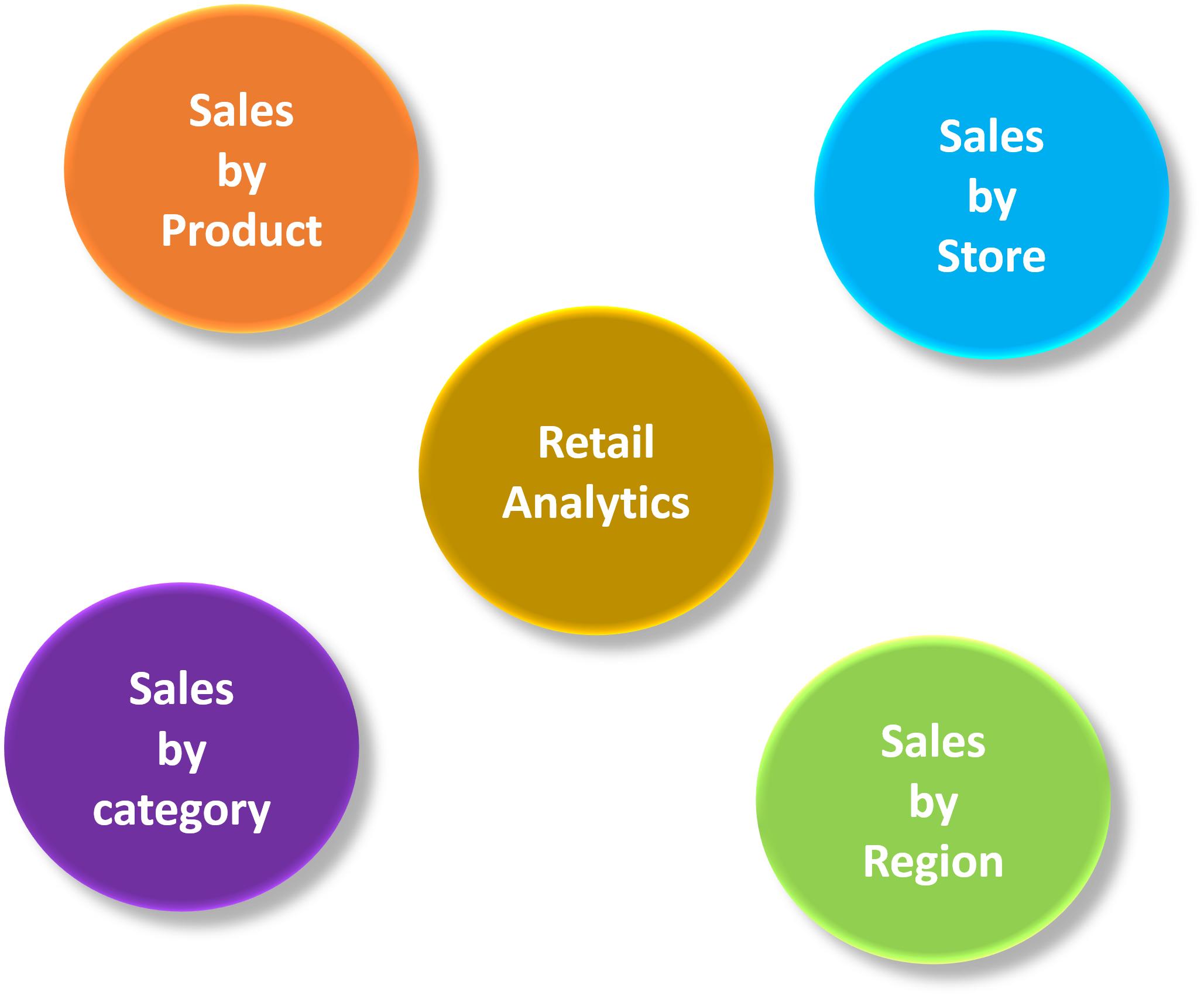Performance by Product
In order to keep a business successful, you need to make sure if the products are selling well or not. Therefore, you need a way to rank these products and determine
if there are some who are not selling well. A way to do that is through the product performance KPI. It lets you rank your product sales based on revenue performance.
This allows you to inform the sales team about the products that are selling well. Additionally, it lets you rank the poorest performing products,
so you can determinate which are the products that are failing. This way, you can resonate with the customers.
With the KPI, it’s not that difficult to notice when your business is successful and when it’s not. Basically, one way to notice that things are going well is if there are increases
in product sales revenue. So, that shows that the number of products that are sold grows. An increase in the number of units per order is another sign that the business is doing great.
If the average dollar value of each purchase order increases, that is another good sign.
The key terms for product performance are as follows:
-Units sold – It means the total number of units of a certain product that were sold.
-Revenue – It signifies the total dollar value of revenue generated over a specific time.
-Purchase value – Pretty self-explanatory, it shows the total dollar value of each purchase order.


Performance by Store
Improving your retail store’s performance is like trying to hit an archery target on a windy day. You’re focused on your goal, but several variables impact your chances of achieving it – and those
variables keep changing. To increase your odds of success, you must keep adjusting your strategy while keeping your eyes fixed on the prize. Before you can improve your retail store’s sales or customer
base, or meet another growth target, you need an accurate picture of the current situation. That’s where KPIs, or Key Performance Indicators, enter the picture. Each of these key metrics provides
an objective measurement of some aspect of your store’s performance. Whether you’re a growing independent store or a large-scale enterprise retailer, closely monitoring your KPIs enables you to
gauge your store’s health in numerous areas. Just note that some KPIs will carry more importance than others, based on your store’s operational parameters and the results you want to achieve.
Monitoring your store’s KPIs will require ongoing effort and commitment, but the potential benefits are well worth it.
First, your carefully compiled data will identify emerging issues that deserve your attention. If you react quickly, you might be able to “tweak” your way to a solution before the issue becomes a full-fledged crisis requiring an “all hands on deck” management response.
When you identify a KPI that’s going in the wrong direction, reacting promptly can minimize the trend’s negative financial effects. In other words, you can catch the problem before your trickling losses become a torrent of cash flowing out of your business.
Finally, remember that your retail store doesn’t operate in a vacuum. In most cases, you’re surrounded by competitors who all want a bigger slice of sales or market share.
To retain (or improve) your store’s competitive position, monitoring your KPIs isn’t optional – it’s absolutely essential.

Performance by region
Sales by region basically shows you how well a product performs in a certain area. So’ let’s say that your business launches a new product, and you want to see how well it does worldwide. Through sales by region, you will be able to find that out easily. It shows you where the product sells the most. So, if a product sells more in region1 compared to region2, for example, that means you should focus more on region1. It is helpful in this regard because it helps you target regions that are more qualified or high purchase instance. Consequently, you will focus on one area that is doing better, and the sells will go well too. So, you will benefit from the region that is purchasing your product, before you generate sales and, thus, your company will have success.
As the product keeps selling, monitoring the way the process goes is important. You can determine which areas are loving it more. So, if an area isn’t really fond of the product and the sales don’t go well, you can’t stay focused on it. You will lose time and sales, and your business won’t generate any money. Thankfully, if you rely on sales by region, you will successfully find the areas where people are buying your company’s product and focus on them. Therefore, the sales will go amazingly, and you will only have something to win from it. This is why sales by region are so important – they don’t allow you to lose sales by focusing on low-performing areas. They let you sell your product in regions where people look for it and become customers.

